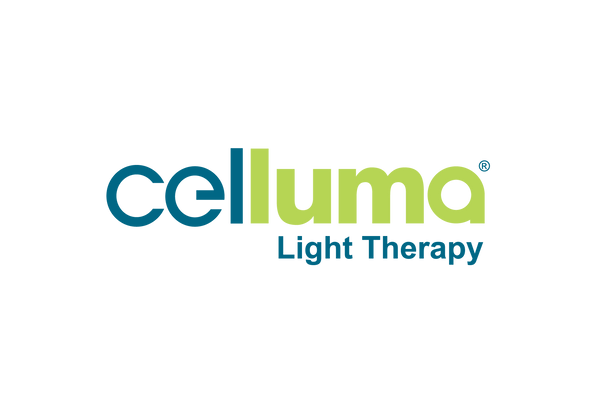
WHY CELLUMA?
One of the most important things to look for first before purchasing your LED device is FDA clearance. It ensures safety and effectiveness in addressing issues like acne and wrinkles. Before a device can make medical claims, the FDA reviews them, offering assurance for professionals and users alike.
As the manufacturer of Celluma, a Class II medical device in the US, BioPhotas is registered and regulated by the FDA, ISO (International Standards Organization), and various other regulatory agencies. Additionally, Celluma is also medically CE-Marked as a Class IIa device in Europe, and was the first device of its kind to receive this status.






What is LED Light Therapy?
LED light therapy utilizes specific wavelengths of light energy to stimulate cellular performance and provide therapeutic benefits.
Low-level light therapy was originally developed by NASA to treat injuries or illnesses that astronauts might experience during long space missions. Today, it has emerged as a popular and safe treatment option for a variety of conditions such as acne, wrinkles, aging skin, hair loss, wound healing and pain. By harnessing the power of light energy, light therapy has proven to be an effective and non-invasive approach for individuals seeking relief from these conditions. It's non-invasive, painless, requires no recovery time, and can be used safely on all skin types.
How LED Light Therapy Works

In the same way that plants use chlorophyll to convert sunlight into energy, high intensity light emitting diodes (LEDs) utilizing specific, proven wavelengths of light can trigger a natural biostimulatory effect in human tissue.
Research has shown that light emitting diode (LED) or phototherapy can increase circulation, accelerate tissue repair, kill acne bacteria, decrease inflammation, improve acne prone skin, skin tone, texture and clarity, decrease under eye wrinkles as well as ease muscle and joint pain, stiffness, spasm, and pain associated with arthritis.
Cells absorb particles of light (photons) and transform their energy into adenosine triphosphate (ATP), the form of energy that cells utilize. The resulting elevation of ATP is then used to power metabolic processes; synthesize DNA, RNA, proteins, enzymes, and other products needed to repair or regenerate cell components; foster mitosis or cell proliferation; and restore homeostasis.
Simply put, the LED phototherapy source provides compromised cells with added energy so the cells performance is enhanced. For example, fibroblast cells will increase collagen and elastin production in connective tissue to improve the appearance of fine lines and wrinkles in our skin and increase the rate of wound healing.
Clinical Research
See why Celluma is a preferred low-level light therapy device for wellness, pain, and skin specialists.
Glossary
Collapsible content
FDA Cleared Versus FDA Approved?
Have you ever wondered about the difference between FDA Cleared versus FDA Approved? Read on for a full explanation. The FDA regulates all medical claims made by device manufacturers regarding their products. The Agency uses two different processes depending on comparative risk for reviewing medical claims before manufacturers are permitted to make those claims commercially.
The 510(k) Process
The 510 (k) process is intended to review devices that are better understood by the Agency and/or potentially less hazardous to patients, like the Celluma. This process is most often used to review Class II devices. This is a less burdensome review process and if the Agency concludes that the manufacturer has demonstrated that the device is substantially equivalent to a legally marketed device, the device is “cleared” for commercialization. A device being “cleared” is not reflection on the efficacy of the device, only an indication of the comparative risk in use.
The Pre-Market Approval (PMA) process
The Pre-Market Approval (PMA) process is intended for devices not as well known to the Agency and that pose a greater risk to the patient, like implantable devices. An example would be a heart stint. These types of products are considered Class III devices. A PMA is a more burdensome process and if the Agency concludes that the manufacturer’s claims are supported using this process, the device is “approved” for commercialization. As a particular Class III device becomes better known to the FDA, it may be re-classified as a Class II device, meaning any subsequent review of such devices by the Agency will be done using the 510(k) process. Again, a PMA “approval” does not denote the relative efficacy of a device, only the comparative risk of the device in use.
That said, a device “clearance” is not somehow a subordinated “rating” by the Agency in comparison to an “approval”. It is just the favorable conclusion of a different review processes used by the Agency, depending on how common and how risky the device is getting reviewed.
